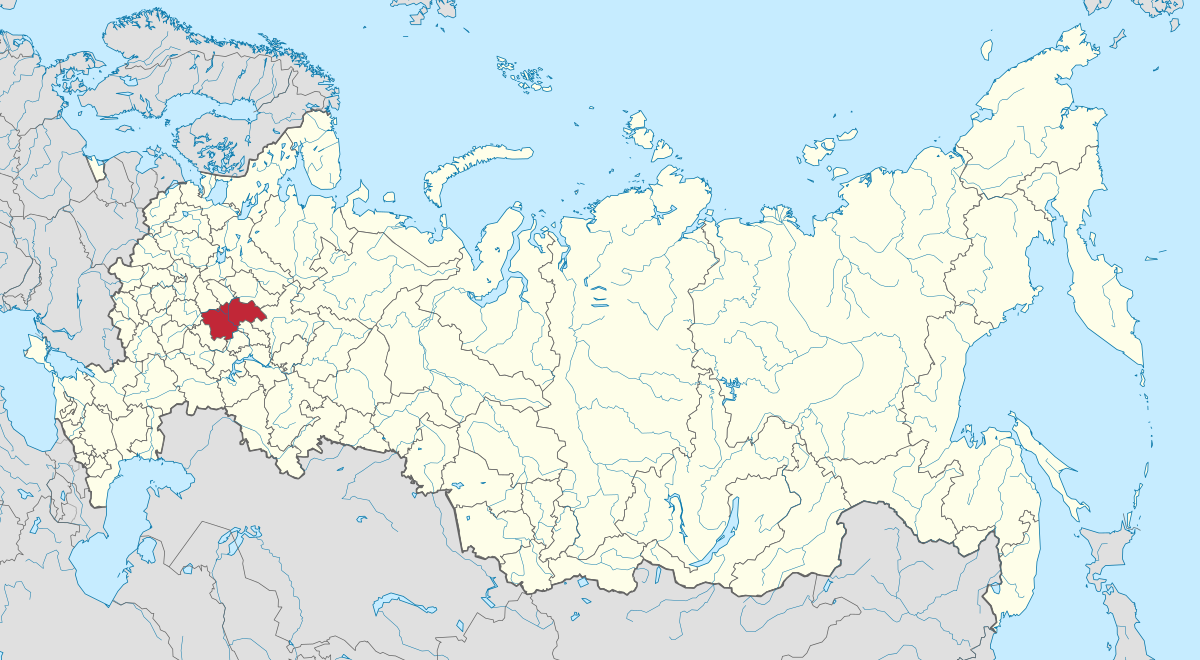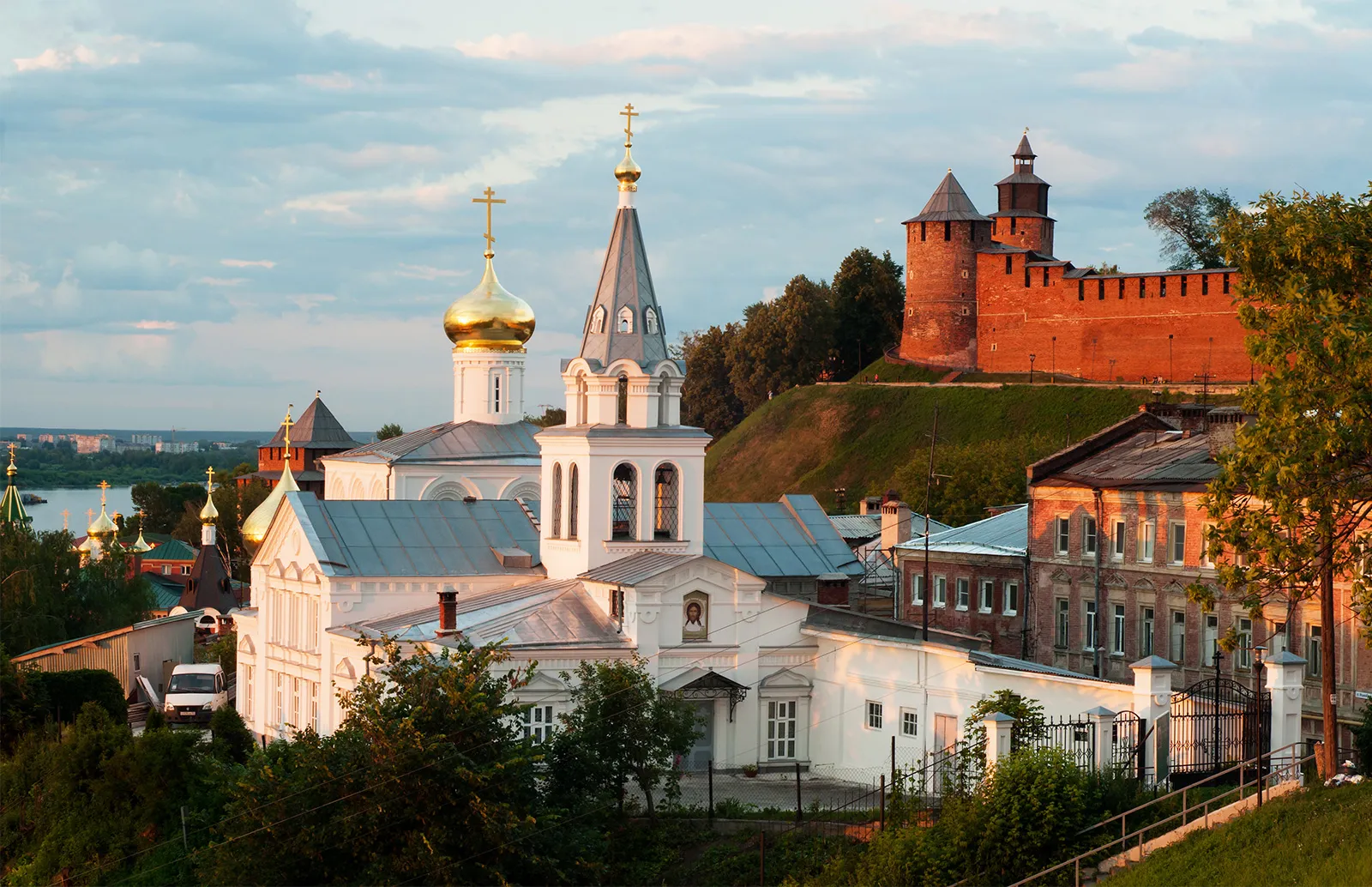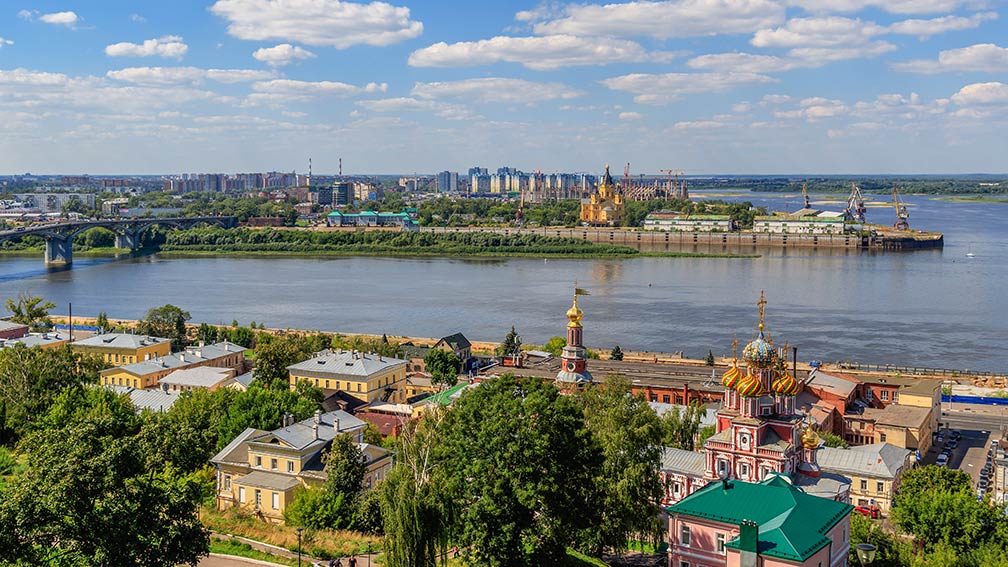Nizhny Novgorod: Historic Marvel and Economic Supercharge
Nizhny Novgorod, often simply referred to as Nizhny, is one of Russia’s historically most significant and culturally richest cities. Situated where the Volga and Oka Rivers converge, it ranks as Russia’s fifth largest city and acts as the administrative center of Nizhny Novgorod Oblast. Nizhny Novgorod epitomizes contrasts, ancient history blended with modern innovation. Renowned for its magnificent kremlin, vibrant arts, and pivotal economic and transportation roles, Nizhny Novgorod has truly earned its status as a premier tourist and business destination. This article delves deeply into Nizhny Novgorod’s multifaceted nature, exploring its history, cultural heritage, architectural wonders, economic landscape, contemporary lifestyle, challenges and promising future.

Nizhny Novgorod: Historical Overview
Historically, Prince Yuri II of Vladimir established Nizhny Novgorod in 1221 at this strategic rivers’ junction, swiftly transforming it into a key trading hub. “Lower New Town” reflects its position below older Novgorod northwest. Throughout the Middle Ages, Nizhny Novgorod thrived as a prime commercial center attracting merchants from across Russia and beyond. By the 14th century, as a Grand Duchy of Moscow constituent, its political and economic weight amplified further. Under Tsar Ivan III’s reign, the magnificent stone kremlin’s 16th century construction fortified and administrated from here, endures as a emblem of Nizhny Novgorod’s historical stature and architectural prowess.
During the Time of Troubles in the early 17th century, Nizhny Novgorod played a pivotal role defending Russia. Led by Prince Dmitry Pozharsky and merchant Kuzma Minin, the city’s militia was instrumental in ousting Polish occupation from Moscow in 1612, as commemorated by a monument prominently displayed in the city center honoring Minin and Pozharsky.
The 19th century heralded significant growth and modernization for situstoto Nizhny Novgorod. Emerging as a hub for industry and commerce, the city hosted the renowned Novgorod Fair attracting traders and visitors worldwide. Completion of the Moscow-Nizhny Novgorod railway in 1862 further accelerated the city’s economic advancement and connectivity.
Cultural Heritage
Both challenges and transformations faced Nizhny Novgorod in the Soviet era. Renamed Gorky in 1932 honoring the native famous Soviet writer Maxim Gorky, the city proved pivotal during World War II as a center for military production contributing substantially to the Soviet war effort. Subsequently developing as an industrial and scientific powerhouse, Gorky flourished with numerous research institutes and factories after the war.
Reverting to its original name Nizhny Novgorod in 1990 following the Soviet Union’s dissolution, the city since embraced its historical heritage while modernizing and broadening its economic and cultural horizons.
Nizhny Novgorod’s cultural heritage comprises a rich tapestry of historical influences and contemporary developments. Boasting a vibrant arts scene, the city houses numerous theaters, museums, galleries, and cultural institutions showcasing the best of Russian and international art, music, and performance.
The Nizhny Novgorod State Art Museum houses an extensive collection spanning centuries, including works by renowned Russian and European artists like Ivan Shishkin and Ilya Repin. Its exhibits display a variety of styles, from pastoral landscapes to portraits capturing intimate moments in time.
Within the city, an efficient public transportation system connects residents and visitors alike. The metro and numerous bus routes provide convenient access across Novgorod. Additionally, the international airport and train stations maintain vital links to destinations throughout Russia and beyond, sustaining commerce and cultural exchanges.
Nizhny Novgorod prioritizes education through diverse institutions of learning. At its prestigious university, founded centuries ago, undergraduate and graduate students explore diverse fields of study. This vibrant academic community, with scholars and thinkers continually advancing knowledge, shapes the region’s promising future.
Healthcare also receives significant focus. Hospitals, medical centers, and specialized clinics like the regional and orthopedic research facilities deliver comprehensive care. Dedicated professionals and ongoing medical advancement through infrastructure and technology strengthen this supportive system, ensuring the highest standards of health for all.

Challenges and Future Prospects
Cultural life in Nizhny Novgorod teems with vibrancy and diversity, as numerous theaters, concert halls, museums, and art galleries provide a bounty of performances, exhibitions, and events celebrating its rich heritage and contemporary innovations. Among the city’s prolific cultural institutions are the Nizhny Novgorod Philharmonic Orchestra, known for intricate and emotional melodies; the grand Novgorod Drama Theater, housing dramatic and comedic productions spanning the centuries; and the esteemed Nizhny Novgorod Opera and Ballet Theater, renowned for breathtaking vocal and choreography works.
Outdoor pursuits find passionate followers in and around Nizhny Novgorod, with the expansive parks, elaborate gardens, and pristine nature reserves offering manifold avenues for activity, repose, and revitalization. The majestic Volga and serpentine Oka rivers provide a splendid backdrop for pastimes including boating, angling, and trekking amid natural splendors. Families and wildlife aficionados alike delight in educational encounters at the Nizhny Novgorod Zoo and intimate Limpopo Zoo. Meanwhile, the oasis-like Alexander Garden and pastoral Switzerland Recreation Park offer respite from urban bustle beneath leafy canopies.
While Nizhny Novgorod has achieved much, certain challenges remain that, if left unaddressed, may stall its advancement. Chief among issues requiring solution is environmental sustainability, especially concerning the preservation of the city’s lush landscapes and waterways as life sources. Efforts must continue to safeguard and restore the Volga and Oka rivers as well as verdant public spaces, crucial to sustaining ecological balance and natural wonders. Comprehensive urban planning, waste management, and conservation initiatives constitute key strategies for maintaining the region’s long-term vitality and natural splendor.
Economic diversification is another important priority for Nizhny Novgorod. While the city’s traditional industries remain powerful, there is a need to further cultivate its technology, innovation, and travel sectors to ensure long-term fiscal stability and progress. Supporting startups, nurturing entrepreneurship, and investing in education and research are key strategies for accomplishing this aim. International partnerships and collaborations can also help impel economic evolution and innovation.
Urban evolution and infrastructure are also considerable obstacles for Novgorod. As the city persists to increase, there is a necessity for sustainable urban planning and investment in infrastructure to accommodate the burgeoning populace and economic activities. This includes addressing issues such as traffic congestion, lodging affordability, and public transportation. Developing green spaces and promoting sustainable construction practices are fundamental for generating a livable and resilient urban environment.
Social and cultural inclusiveness is crucial for fostering a sense of community and confirming that all inhabitants benefit from the city’s progress and maturation. Promoting cultural exchange, supporting minority communities, and addressing social inequalities are fundamental for creating a cohesive and inclusive society. Engaging inhabitants in decision-making processes and encouraging community participation are important steps towards accomplishing this intention.

Conclusion
Nizhny Novgorod, Russia’s hidden jewel, is a city of remarkable history, culture, and natural beauty. Its rich historical patrimony, vibrant cultural scene, and dynamic economic landscape make it a fascinating and important urban center in Russia. As Nizhny Novgorod persists to increase and evolve, it faces both opportunities and obstacles that will shape its future. If you enjoyed reading this article, please consider checking out our article about Shame on You for more insightful content.
